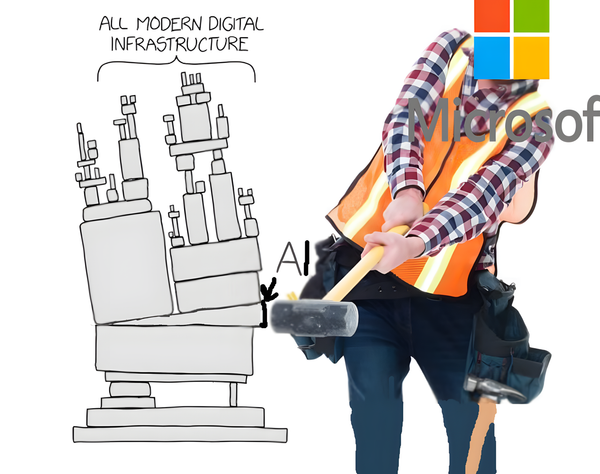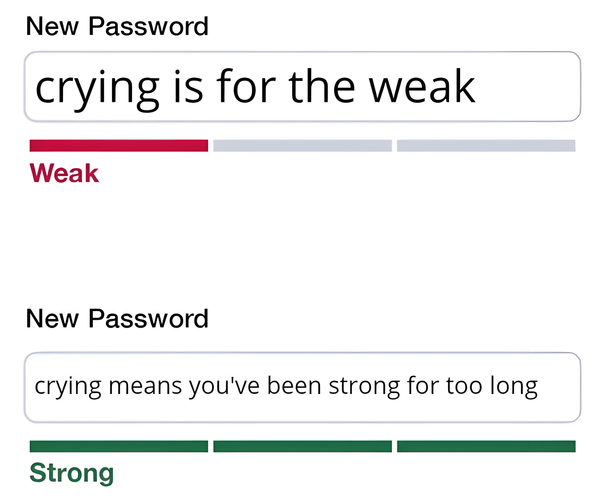The Manager's Guide – #87
Weekly Hand-Picked Collection Edition

“Is Engineering Working Hard Enough?”
- 🕵️ Investigate schedule slippages by examining estimate accuracy, risk buffers, and team understanding
- 🚩 Look for warning signs like unreasonable estimates, lack of prioritization, and slow decision-making
- 🧠 Leadership questioning engineers' work ethic often indicates a lack of understanding about product development
- 🗣️ Address concerns by asking for specific data and addressing misconceptions or actual issues
- 🚫 Be wary of gossip and inaccurate information about team performance
Beyond the beep and saving sleep: optimizing the On-Call experience
- 🚨 Effective alerting systems should have actionable and non-noisy alerts
- 📊 Measure business impact by tracking failures in important operations, not just low-level errors
- 🎯 Set and periodically review Service Level Objectives (SLOs) with product stakeholders
- 🔄 Regularly tune observability processes to keep up with application updates and user behavior changes
- ⏰ Dedicate time for on-call engineers to improve alert systems and fix reliability issues
- 📉 Measure and highlight improvements in on-call experience to show progress
Patterns of Legacy Displacement
- 🔄 Organizations often get stuck in cycles of incomplete legacy system replacements
- 🎯 Breaking the cycle requires understanding desired outcomes, breaking the problem into parts, incremental delivery, and organizational change
- 💰 Key outcomes include reducing cost of change, improving business processes, retiring old systems, and adopting newer technology
- 🧩 Breaking the problem into smaller parts involves finding “seams” in current business and technical architecture
- 🚀 Successful delivery requires strategies for cut-over, co-existence, and replacement of legacy elements
- 🔁 Ongoing success requires organizational changes to match new solutions and architecture
- 🏗️ Legacy systems can hinder modern engineering practices and continuous delivery
- 🔄 Organizational culture and leadership play a crucial role in legacy modernization
- 🧠 Paradigm shifts are challenging but necessary for successful change
- 🛡️ “Corporate antibodies” can reject new ways of working and impede progress
- 🕰️ Time constraints often prevent organizations from fully transforming before modernizing legacy systems
- 🔧 Strategies like “Build as you mean to continue” and “Incremental Displacement” can help protect new ways of working
- 🚀 Successful legacy modernization requires a combination of technical and organizational changes
How to set boundaries and stop people pleasing at work
- 🧠 People-pleasing tendencies can manifest in different ways and hinder personal growth. These behaviors often stem from good intentions but can be detrimental to one's well-being and professional development.
- 🏷️ Four common people-pleasing archetypes: validation seeker, invisible martyr, peacemaker, and load bearer. Each type has distinct characteristics and challenges in the workplace.
- 🛡️ Setting healthy boundaries is crucial for managing people-pleasing behaviors. Boundaries help maintain a balance between personal needs and the needs of others, protecting against burnout and emotional overwhelm.
- 🤔 Self-reflection questions can help identify appropriate boundaries at work. These questions cover emotional, time, intellectual, and energy boundaries to guide individuals in establishing limits.
- 🌱 Overcoming people-pleasing is an ongoing journey of learning and growth. It requires continual self-awareness, compassion, and the ability to say “no” when necessary.
Listen or Speak
- 🗣️ The “babble hypothesis” suggests people who talk more are often seen as leaders
- 👑 Nelson Mandela learned to speak last from tribal king Jongintaba, forming consensus
- 🤫 Speaking softly but making tough decisions can be an effective leadership style
- 🧠 Emotional intelligence is crucial for leaders to navigate group dynamics
- 🎯 Brevity in communication can make leaders' words more impactful
- 👂 Active listening is a cornerstone of effective leadership
- 🔄 Balancing speaking and listening skills is key to great leadership
Great Leaders Make People Feel Safe
- 🛡️ Great leaders create a safe environment for experimentation and innovation
- 🗣️ Cultivating a culture of openness where it's safe to share ideas leads to better problem-solving
- 💪 Showing vulnerability as a leader builds trust and encourages authenticity in the team
- 📈 Embracing mistakes as learning opportunities fosters growth and improvement
- 🤝 Creating a space for constructive criticism leads to better solutions and continuous improvement
- 🧠 Personal development for leaders is crucial to create a safe environment for the team
That’s all for this week’s edition
I hope you liked it, and you’ve learned something — if you did, don’t forget to give a thumbs-up and share this issue with your friends and network.
See y’all next week 👋



